5 bulbs to plant now to guarantee a colourful garden in spring, according to experts
These are the most colourful flowers that bloom in spring, creating a rainbow-bright display
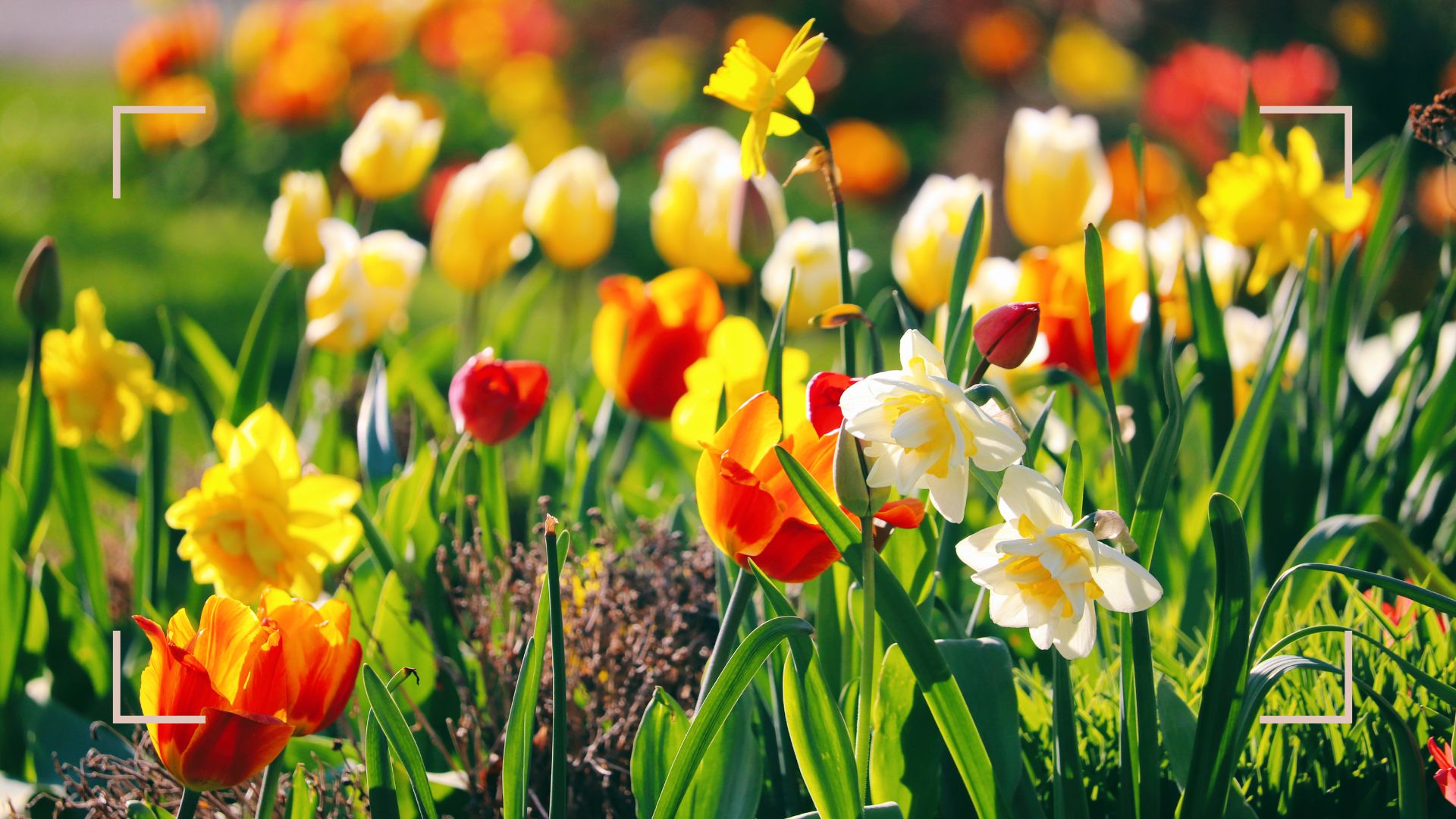

Autumn is the ideal time to start planning your garden planting for next year, and if you want to ensure you plant colourful flowers that bloom in spring these are the ones you need to consider.
With September weather remaining dry and ambient, now is the perfect time to plant spring bulbs. And while there's a whole array of alluring plants to enliven your garden there are five significant bulbs to plant if your aim is to create a canvas of rainbow-bright colours come spring, according to experts.
Considered a timeless garden trend, colourful spring blooms are also a joy to awaken gardens to signify the change of season and new beginnings. Here are the plant varieties recommended by experts to ensure your planting scheme is a riot of colour next year
5 bulb to plant now to enjoy colourful spring flowers
“The ideal time to plant spring-flowering bulbs is in the autumn, from September to November," says Craig Wilson, gardening expert and founder of the online gardening retailer, Gardeners Dream. "The key is to get them in the ground before the first hard frost so that they have time to establish roots."
Explaining why conditions are ideal Craig says: "The soil is cool but not frozen - this gives the bulbs a chance to settle in before winter sets in."

Craig Wilson, co-founder and director of Gardener's Dream Ltd, has established himself as a key figure in the online gardening industry. With over two decades of plant knowledge and gardening experience, he takes pride in sharing his top tips and tricks for the garden.
1. Daffodils
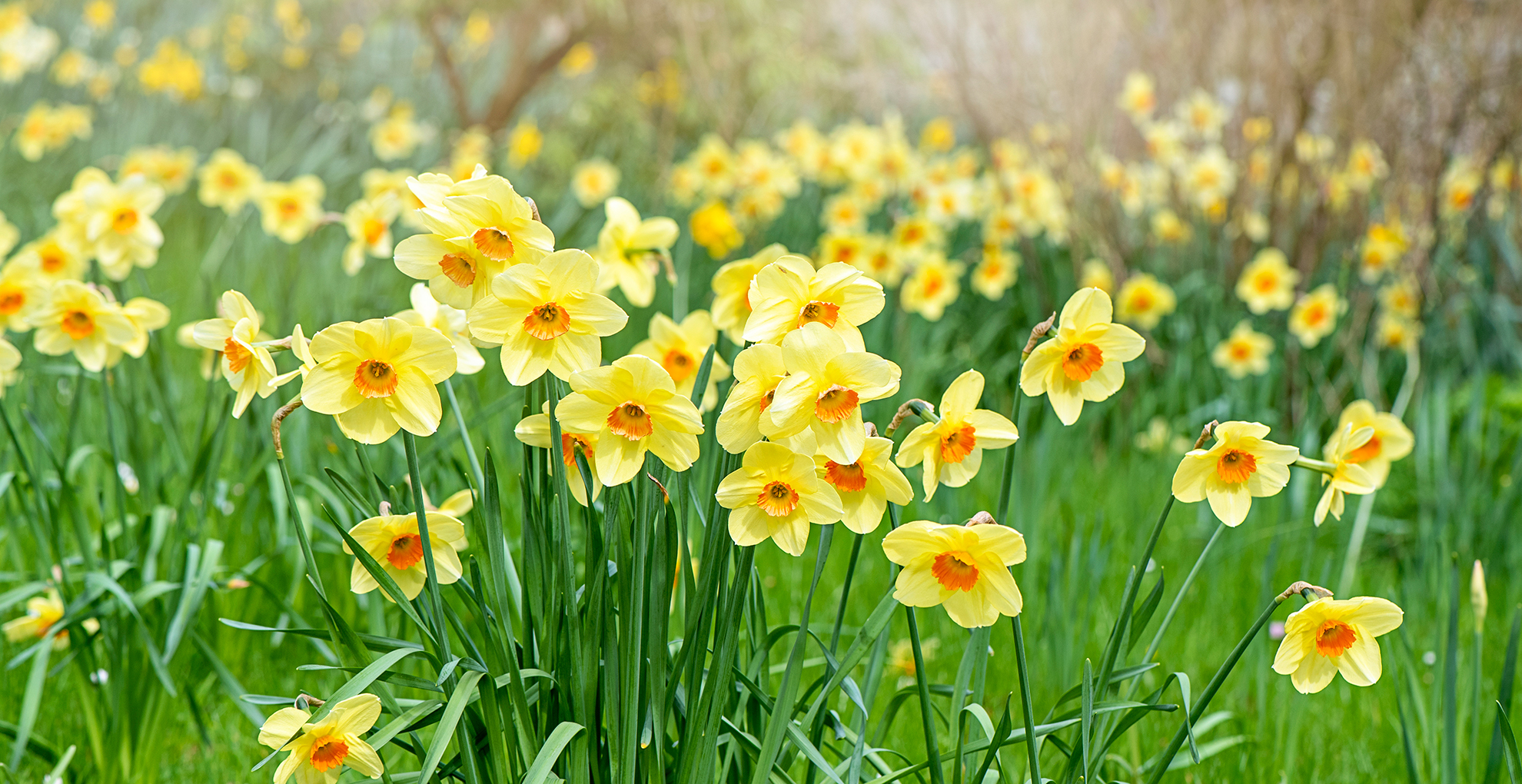
A classic sign of spring, yellow daffodils are a ray of sunshine when in bloom
Daffodils are a famous symbol of spring, thanks to the bright and cheerful burst of yellow that signifies that new life has sprung. This colourful bloom is a must for any spring garden looking for vibrancy.
How to plant: "Plant daffodil bulbs about 10-15cm deep and 10cm apart in well-drained soil. They thrive in full sun to partial shade. After planting, give them a good drink to help them settle, but avoid overwatering as they don’t like soggy conditions.”
Sign up for the woman&home newsletter
Sign up to our free daily email for the latest royal and entertainment news, interesting opinion, expert advice on styling and beauty trends, and no-nonsense guides to the health and wellness questions you want answered.
Of course, if you know what to do with daffodils after flowering, you may well plant last year's uprooted bulbs to embrace a more sustainable gardening idea. howvere, if you were not able to save the bulbs you can buy plenty fo sunny yellow varieties.
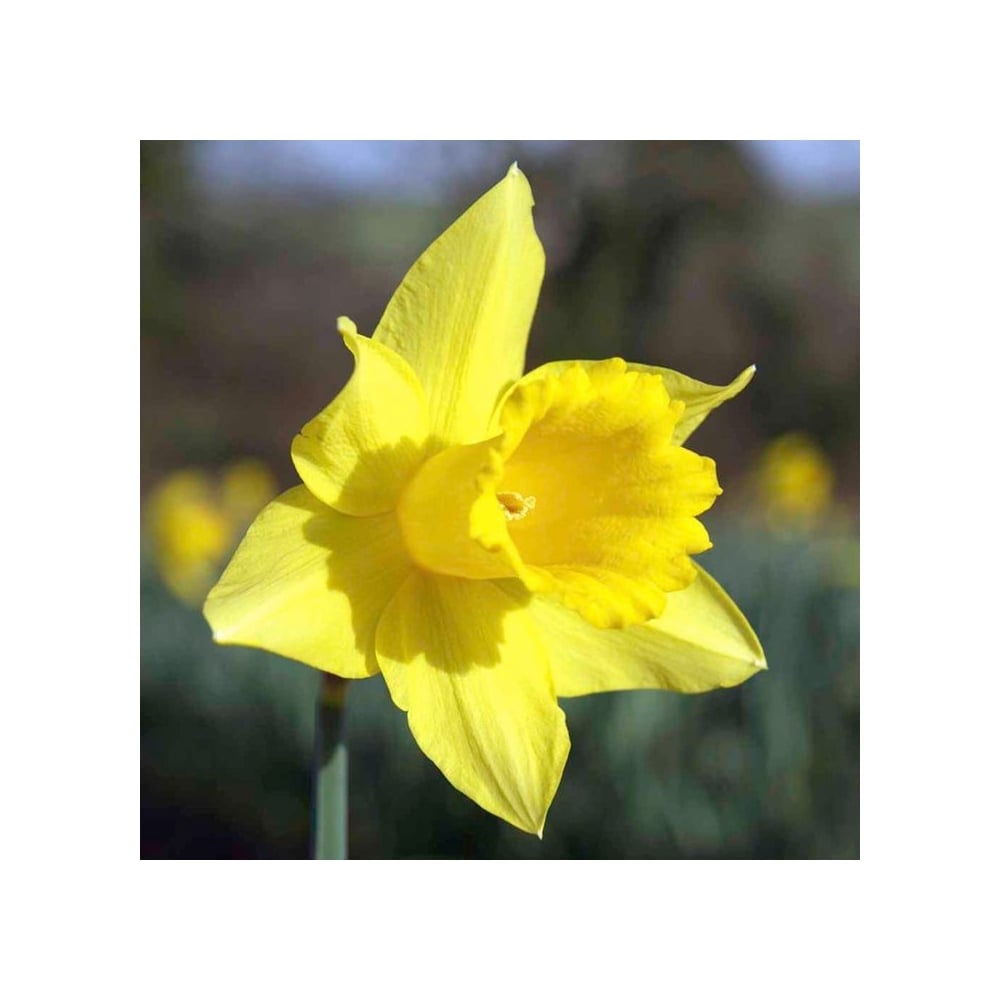
RRP: From £9.99 for 500g | There are varying degrees of shades but we recommend this "Golden Trumpet' variety to offer a burst of sunshine yellow to your planting scheme.
2. Tulips
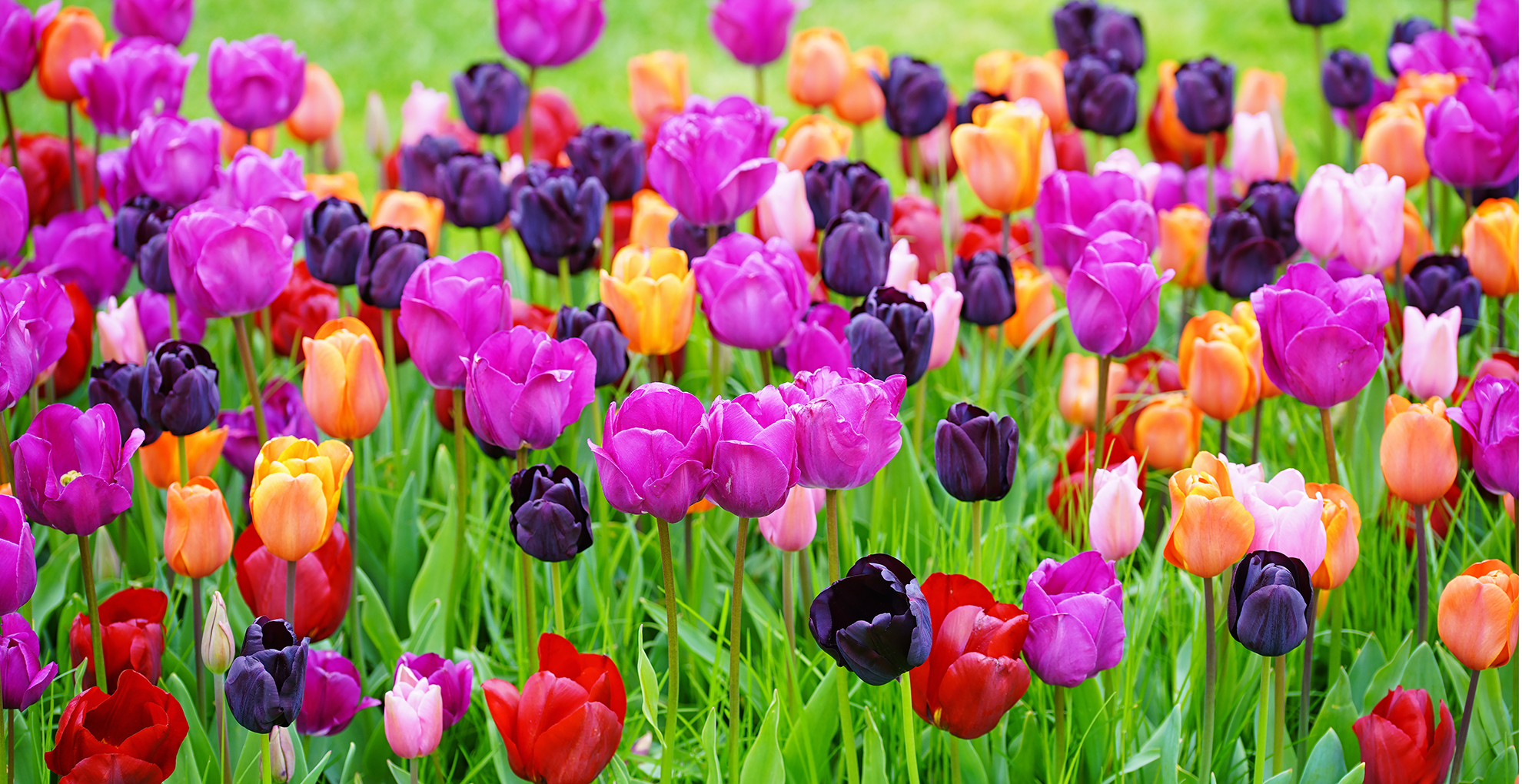
Tulips come in an array of striking colours to change the appeal of this elegant spring flower
Tulips offer a wide range of vibrant colours, from deep purples to jolly yellows there's an uplifting shade to suit all tastes. This elegantly shaped flower is ideal for a stunning spring display that packs a punch in both garden borders and patio pots.
How to plant: Note that these bulbs benefit from deeper-than-normal planting. "Tulip bulbs should go in the ground about 20cm deep and 10cm apart," advises Craig. They also like rich soil so it's worth incorporating peat-free compost into the hole.
"They prefer light, well-drained soil and lots of sun. Water them well after planting, but ensure the soil stays on the drier side to prevent rot.”
If you haven't harvested bulbs as a result of knowing what to do with tulips after flowering you can buy a mixture of different coloured tulip bulbs.
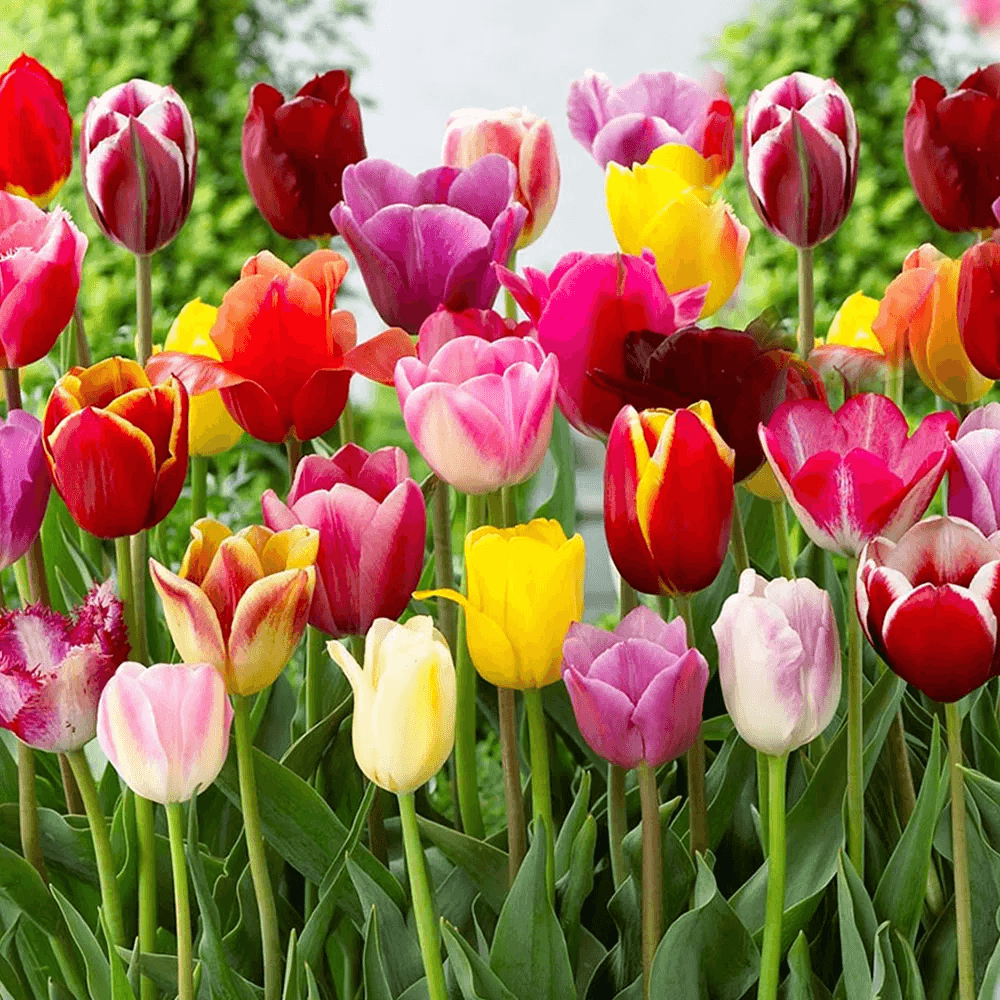
RRP: From £7.99 for 5 | This mixed pack of bulbs is a best-seller, showing how popular colourful tulip displays are years after year. From sunny yellow to pretty pink the mixed selection offers an element of surprise when your spring flowers bloom – the only certainty is that they will be captivatingly colourful.
3. Iris reticulata
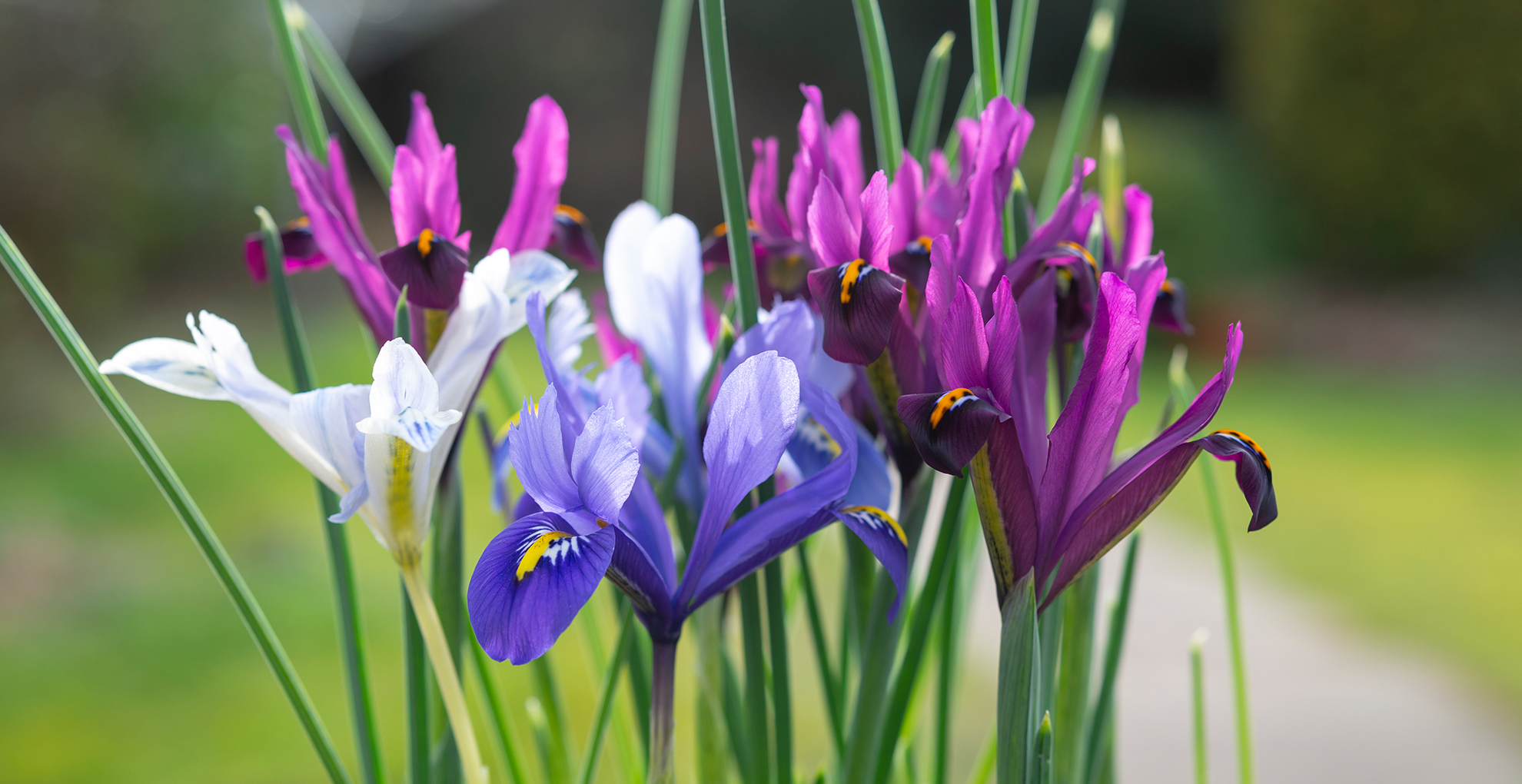
Elegant Iris Reticulata plants are not only colourful they appeal to pollinators too
Our resident w&h garden expert Kayleigh Dray revealed that iris reticulata is one of her favourite colourful spring flowers to plant now. Not only is the flower beautiful, but it is also a key plant for pollinators and one of the best fragrant plants to make your garden smell nice.
“Iris reticulata don’t just make for picture-perfect splashes of purple and blue when they bloom in the early spring; they’re also an excellent source of pollen for bees and butterflies, too," says Kayleigh.
"So, if you’d like them to perfume your borders in the new year, you’ll want to get planting now." How to plant: "The bulbs should be 10cm deep and roughly 10cm apart.”
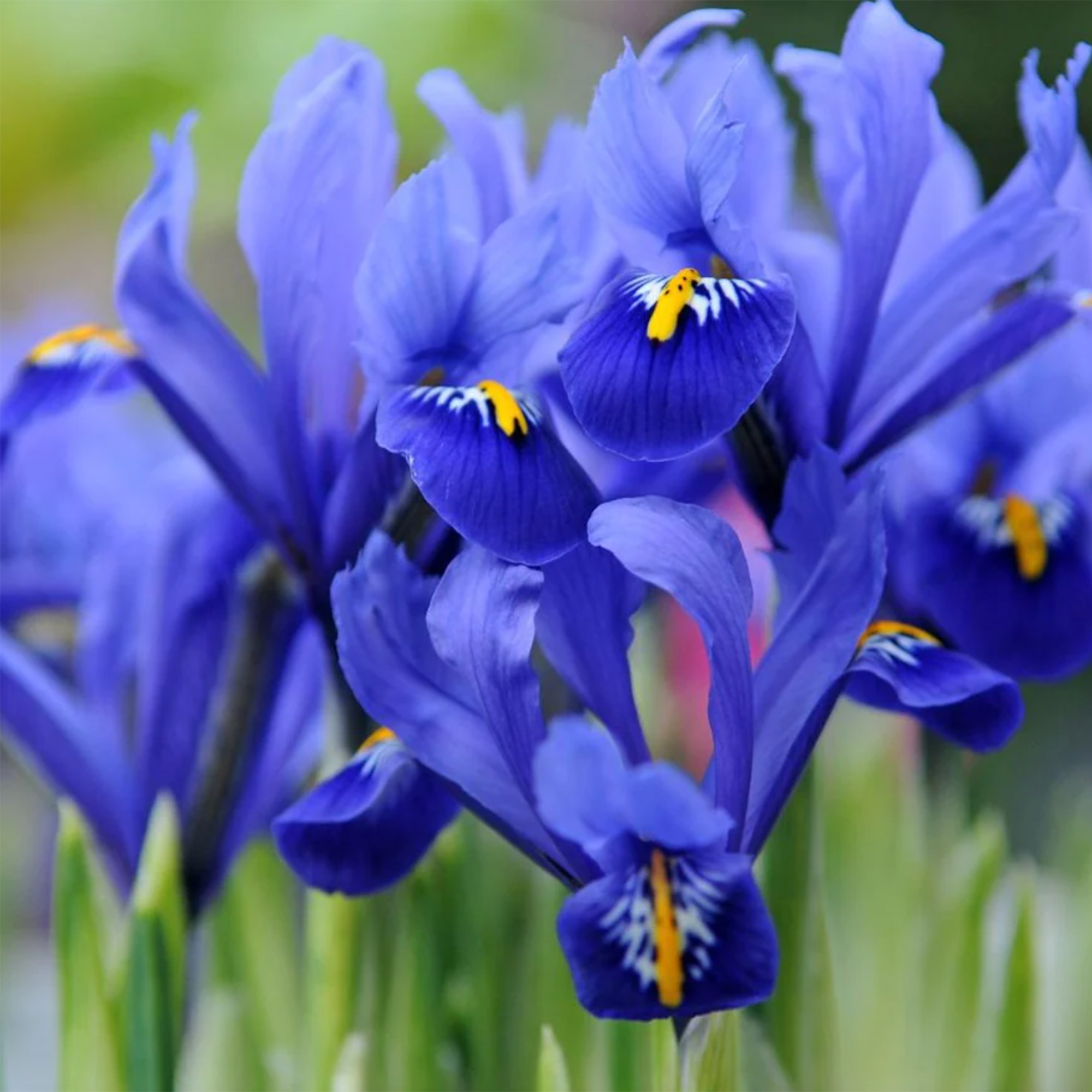
RRP: £5.99 for 25 bulbs | This hybrid crocus flower has royal blue flowers with a striped white throat and a bright yellow central band to offer a beautifully contrasting pop of colour.
4. Alliums
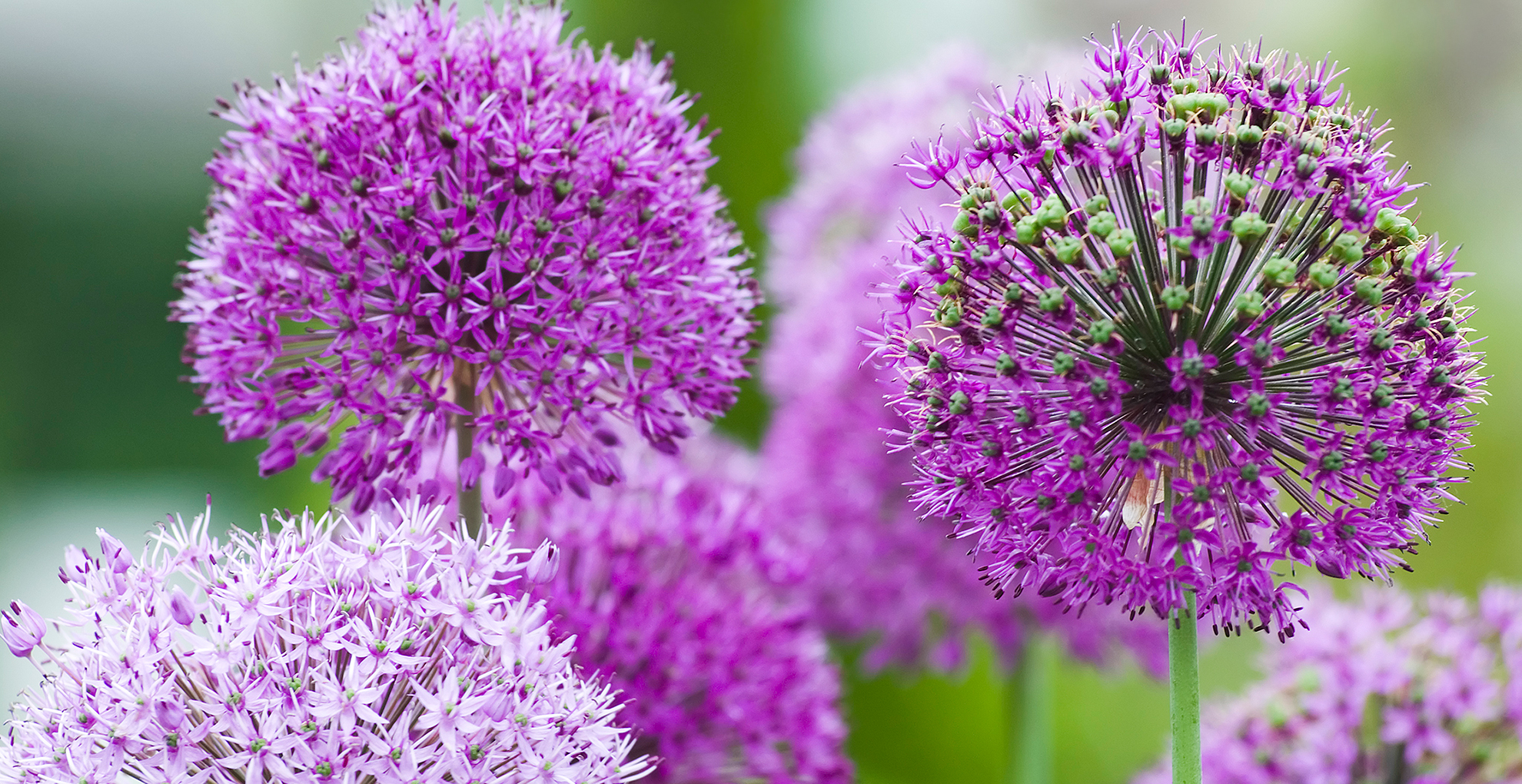
There's nothing quite as stunning as a colourful display of Alliums
Alliums are simply stunning. Not only do the tall stems provide architectural interest to beds and borders to elevate the planting scheme, but the globe-shaped flowers are striking – especially in their colourful displays.
How to plant: "Allium bulbs should be planted 10cm deep and spaced about 15cm apart in well-drained soil," says Craig.
"They thrive in full sun. After planting, give them a drink, but once they’re established, they don’t need much watering.”
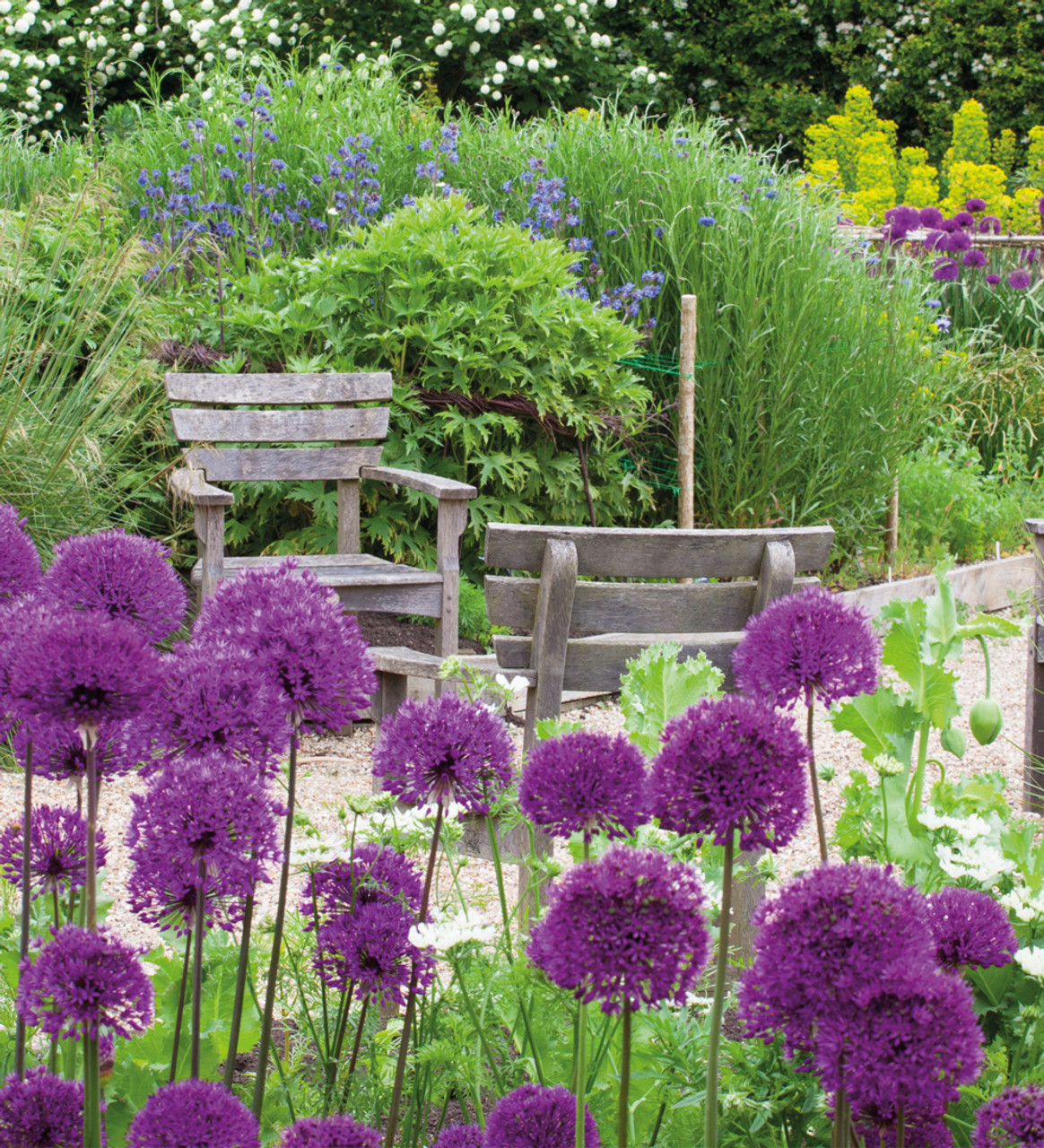
RRP: £18.95 for 70 bulbs | This generous pack of mixed bulbs features 15 bulbs of Allium cristophii; 15 bulbs of Allium hollandicum 'Purple Sensation' and 40 bulbs of Allium sphaerocephalon – all in an array of delicious lilac and purple tones.
5. Crocuses
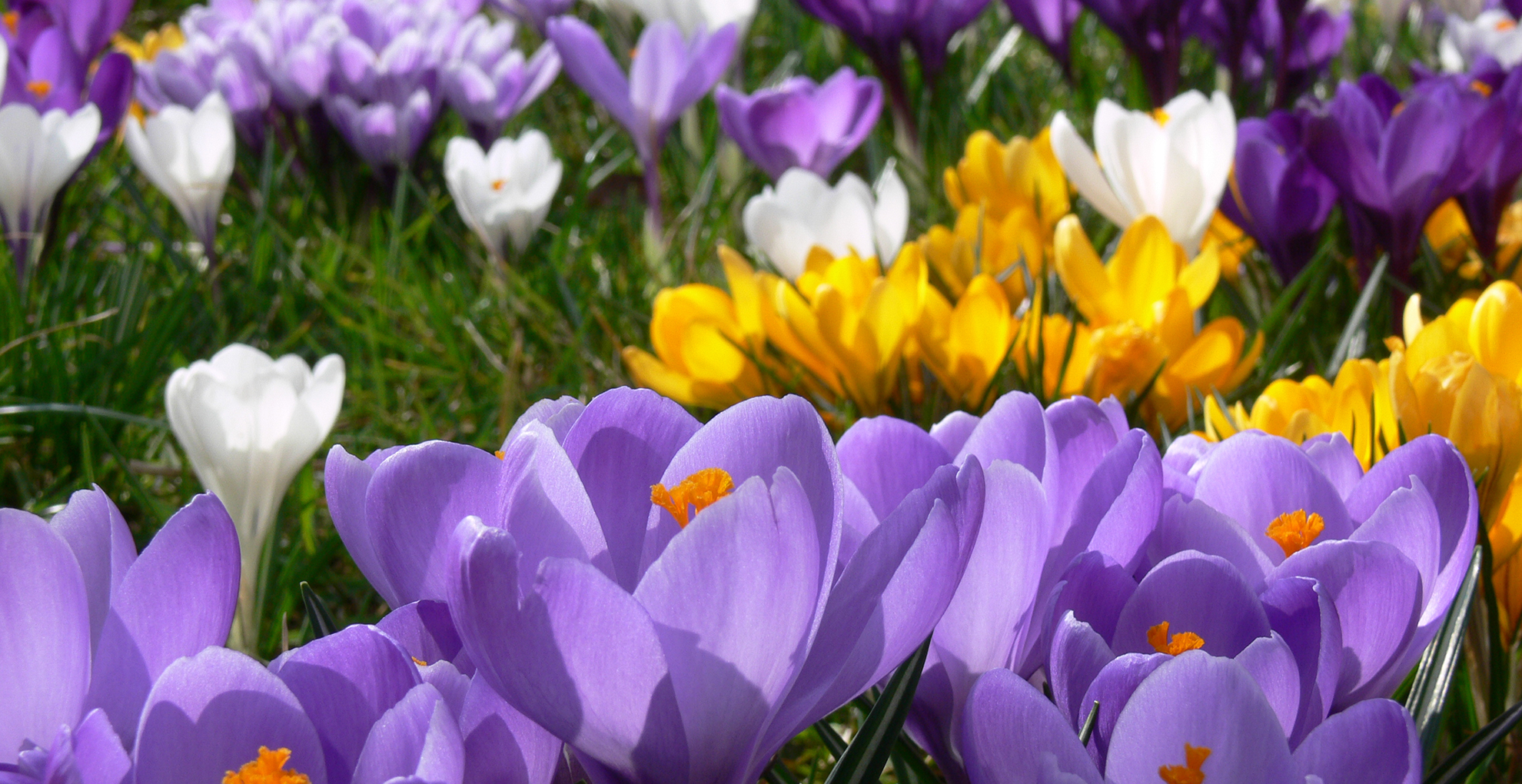
Crocuses are one of the earliest bloomers, the dependable colourful spring flower that blooms just as winter fades to welcome a pop of uplifting colours of purple, yellow and white – depending on what variety you plant.
They make pretty patio container plants if you're looking for a splash of early-season colour.
How to plant: "Plant crocus bulbs 5cm deep and space them 5-8cm apart," says Craig.
"They do best in well-drained soil. They’re happy in full sun to partial shade, and the key to success is keeping the soil moist but not waterlogged.”
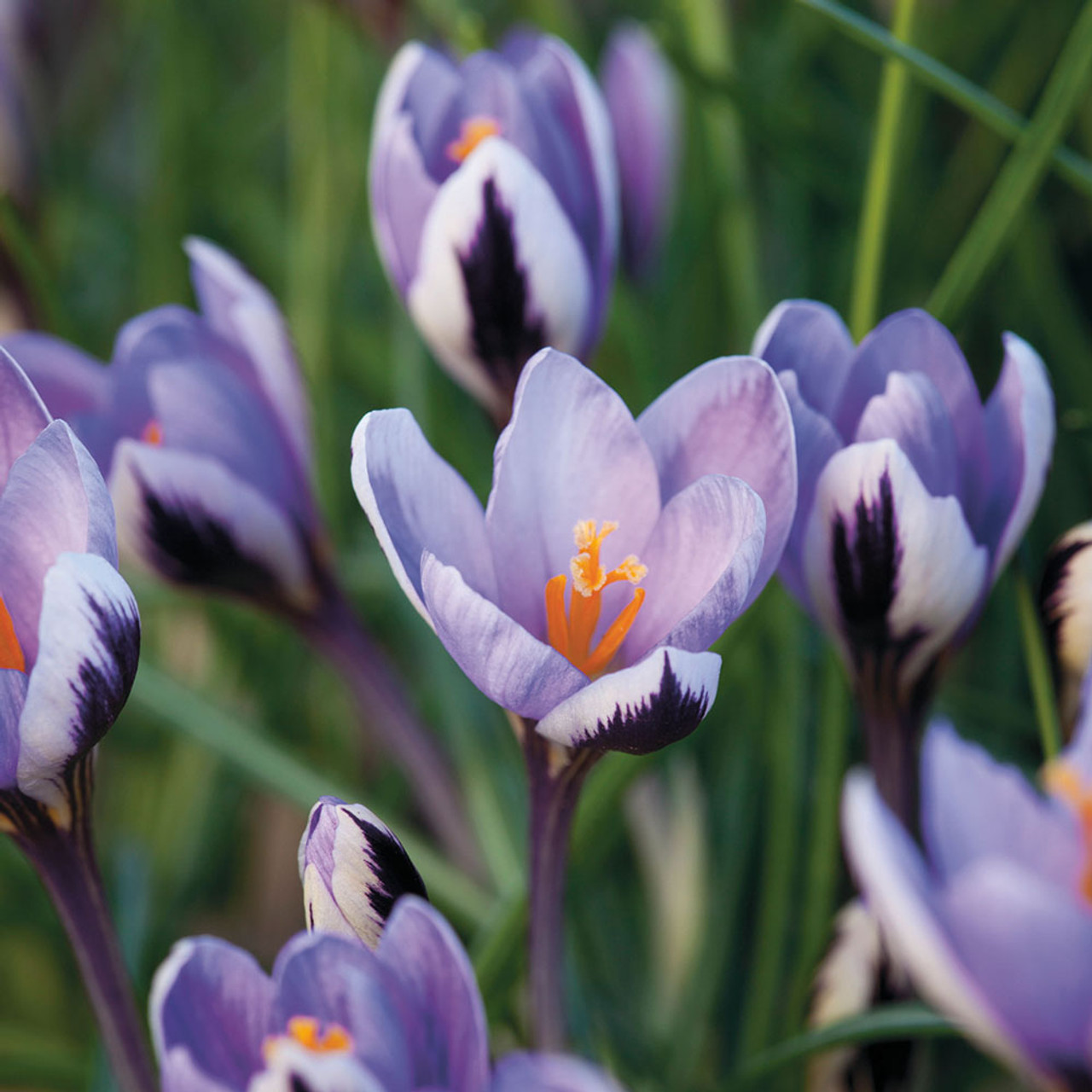
RRP: £8.95 for 25 | We love the 'Spring Beauty' crocus variety for its striking mauve and deep purple hues.
Now is the ideal time to plant any of these varieties, but if the weather continues to be pleasant you can still plant next month. Just note that all spring bulbs must be in the ground by late November, to give them a chance to establish before any cold snaps.
"Don’t worry too much about protecting the plants from frosts; the soil acts as a natural insulator, protecting the bulbs during the colder months," says Craig.
Although he adds: "While bulbs are generally frost-hardy, you can add frost fleece, or an extra layer of mulch or straw over the planting area to provide additional insulation against harsh frosts.”
Consider using wine corks in your garden to act as a natural and free alternative mulch to protect your plants in winter. We like this idea because it makes drinking a warming glass of red wine feel even more enjoyable.

Tamara is a highly experienced homes and interiors journalist with a career spanning over 22 years. Now the Lifestyle Editor of womanandhome.com, she previously spent 18 years working with the style teams at Country Homes & Interiors and Ideal Home. With these award-winning interior teams, she gained a wealth of knowledge and honed her skills and passion for styling and writing about every aspect of lifestyle and interiors.
A true homes and interiors expert, Tamara has been an ambassador for leading interior brands on multiple occasions, including appearing on Matalan’s The Show and presenting at top interior trend forecasting events such as the Autumn Fair and Spring Fair.
-
 I've bought this M&S hidden support vest in three colours - it's comfy, smoothing and perfect for summer
I've bought this M&S hidden support vest in three colours - it's comfy, smoothing and perfect for summerFor just £12, this everyday base layer comes with plenty of benefits
By Matilda Stanley
-
 We're enjoying the sunny spring weather, but a jumper is still essential - Sienna Miller's pastel pink knit is ideal
We're enjoying the sunny spring weather, but a jumper is still essential - Sienna Miller's pastel pink knit is idealSpring has arrived, but sunny April weather can still come with a chill. We're taking inspiration from Sienna Miller's pastel pink knit
By Charlie Elizabeth Culverhouse